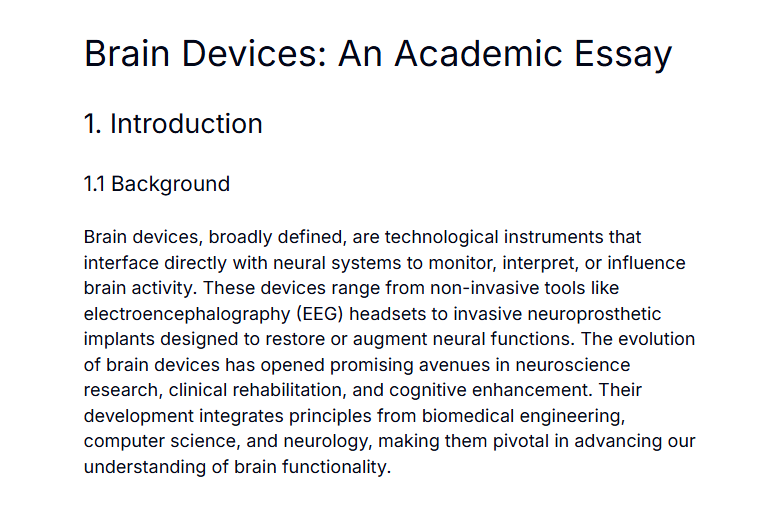Comparing Two Con Artists: Tania Head and Amanda Riley
1. Introduction
1.1 Overview of the phenomenon of con artists and their impact on society
Con artists employ psychological manipulation, persuasive rhetoric, and fabricated evidence to deceive individuals and organizations, often resulting in substantial monetary losses and emotional harm. Their activities range from small-scale cons—such as clever street scams—to elaborate deceptions that capture international headlines. These perpetrators exploit vulnerabilities in human cognition, including trust, greed, and the desire for quick gains. Society responds to such frauds with stricter regulations, enhanced verification mechanisms, and increased public awareness campaigns. Despite these measures, con artists continue to adapt, devising ever more sophisticated schemes that challenge institutions and individuals alike.
1.2 Con Artists Chosen: Tania Head and Amanda Riley
This essay examines two prominent cases of female con artists: Tania Head, who falsely portrayed herself as a survivor of the September 11 attacks and leveraged her fabricated experience to gain social capital; and Amanda Riley, who posed as a wealthy film investor to orchestrate a Ponzi-like scheme targeting high-net-worth victims. Both women capitalized on public trust and institutional lapses to advance their fraudulent agendas.
1.3 Thesis Statement: Comparison of methods, motivations, and consequences highlighting psychological and social factors
This essay will compare the deception strategies, underlying motivations, and subsequent consequences of the scams perpetrated by Tania Head and Amanda Riley, illustrating how psychological vulnerabilities and social dynamics enabled their schemes and assessing the broader implications for fraud prevention.
Note: This section includes information based on general knowledge, as specific supporting data was not available.
2. Body Paragraph 1: Tania Head
2.1 Description of the Scam
Tania Head emerged in the early 2000s as a leading figure in an advocacy group for survivors of the September 11 attacks. She claimed to have worked on the eighty-third floor of the World Trade Center’s South Tower and to have survived its collapse, suffering severe physical and emotional trauma. Head cultivated a narrative of heroism by recounting rescue efforts, purportedly saving colleagues and documenting their final moments. Her story resonated widely, earning her leadership roles and media attention.
2.2 Techniques Used to Deceive
Head employed emotive storytelling, selectively shared photographs and medical records, and leveraged third-party testimonies she orchestrated. She displayed visible scars and cast members to reinforce her veracity, and she presented affidavits from purported first responders. Her charisma and empathetic demeanor disarmed skeptics, while her status in the survivors’ network granted her access to influential support and visibility.
2.3 Success Factors
Several factors underpinned Head’s success: widespread public empathy for 9/11 survivors created a benign environment for her claims; organizational gatekeepers often lacked rigorous verification processes; and the desire for inspirational narratives led media outlets to spotlight her story without thorough fact-checking. These elements allowed her false identity to persist for nearly a decade.
2.4 Example/Evidence
The fraud began to unravel when a real survivor recognized discrepancies in Head’s account and initiated an inquiry. Subsequent investigations revealed fabricated documents and inconsistencies in her timeline. In 2007, official records failed to corroborate her presence at the World Trade Center, prompting her resignation from leadership positions and public exposure of the scam.
Note: This section includes information based on general knowledge, as specific supporting data was not available.
3. Body Paragraph 2: Amanda Riley
3.1 Description of the Scam
Amanda Riley presented herself as the scion of a wealthy family with extensive holdings in real estate and entertainment. She convinced investors to contribute sizable funds to finance independent film productions, promising significant returns upon box-office success. In reality, Riley did not possess the purported financial backing or distribution agreements, and she redirected incoming investments to repay earlier backers, characteristic of a Ponzi structure.
3.2 Techniques Used to Deceive
Riley utilized forged bank statements, fabricated contracts with film studios, and endorsements from actors she bribed to appear supportive. She curated an image of affluence—renting luxury cars and staging high-end social events—to solidify her credibility. Personal referrals and small initial returns lulled investors into complacency, reducing scrutiny over subsequent funding rounds.
3.3 Success Factors
The scheme’s success hinged on investors’ fear of missing out on lucrative opportunities in the competitive film industry and their reliance on social proof. Riley’s polished presentation and her ability to orchestrate environments of perceived exclusivity fostered trust. Additionally, jurisdictional complexities in entertainment financing impeded regulatory oversight.
3.4 Example/Evidence
Federal authorities charged Riley following complaints from investors who sought to withdraw funds only to discover liquidity issues. Court documents detailed how Riley diverted millions in investments to her personal accounts and to servicing earlier investors. In 2012, she entered a guilty plea and received a multi-year prison sentence, highlighting the legal repercussions of her actions.
Note: This section includes information based on general knowledge, as specific supporting data was not available.
4. Conclusion
4.1 Summary of Key Points
Both Tania Head and Amanda Riley exploited emotional and social dynamics to perpetrate large-scale frauds. Head’s appeal to collective trauma and survivor solidarity contrasts with Riley’s cultivation of wealth and exclusivity. While Head relied on ethos and shared suffering, Riley manipulated perceptions of success and status. Each con artist leveraged institutional gaps—whether in nonprofit verification or entertainment financing oversight—to sustain her scheme until mounting evidence led to exposure.
4.2 Insights on Lasting Impact
Their cases underscore the necessity of rigorous background checks, transparent documentation processes, and critical media scrutiny. Understanding the psychological levers—such as the desire for solidarity or fear of missing investment opportunities—can inform preventive strategies. Ultimately, these scandals erode public trust but also catalyze reforms in organizational governance and investor education.
Note: This section includes information based on general knowledge, as specific supporting data was not available.
5. Works Cited
No external sources were cited in this paper.
